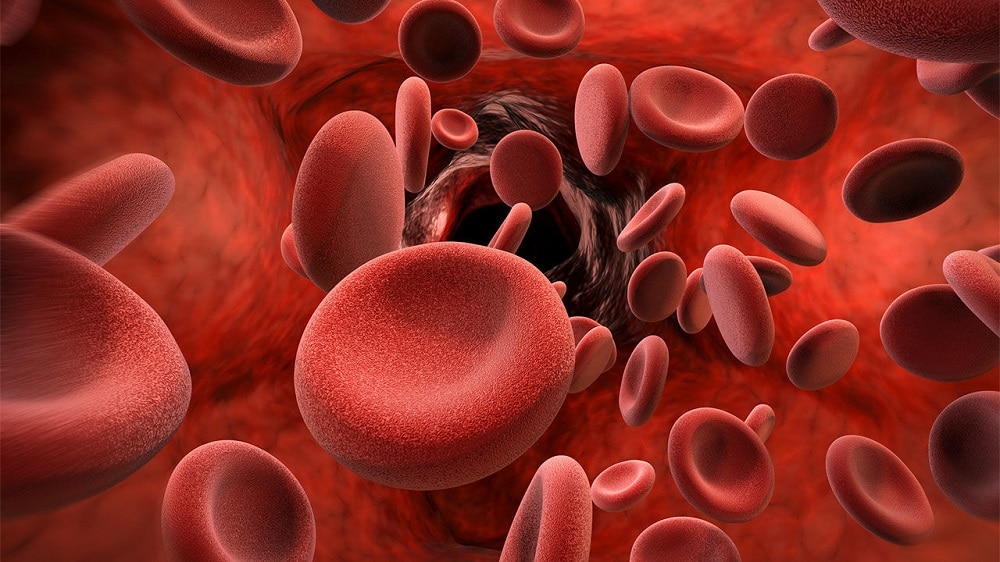
Scientists at the University of Cambridge[1] have developed a new stem cell-based model that produces human blood cells in the lab, mimicking some of the earliest stages of human embryonic development. The breakthrough may lead to deeper insights into blood disorders and pave the way for new regenerative therapies.
Embryo-Like Models
The research team used human stem cells to form three-dimensional, embryo-like structures named hematoids. These structures are self-organizing and begin producing blood after roughly two weeks in laboratory conditions. The process imitates the development seen in human embryos during the fourth and fifth weeks, stages that are typically hidden from direct observation after implantation in the womb.
Hematoids differ significantly from actual embryos. They do not contain vital supporting elements such as a yolk sac or placenta, nor can they develop into full embryos. However, they still form three essential germ layers that lead to the development of tissues and organs, including the blood system.
By the second day of development, the hematoids had formed the ectoderm, mesoderm, and endoderm layers. By day eight, researchers observed the formation of beating heart cells. Around day thirteen, visible red patches of blood appeared, signaling the generation of blood stem cells.
The stem cells used to create the hematoids can be derived from any cell in the human body. These blood-forming cells are known as hematopoietic stem cells. They are capable of transforming into various types of blood cells, including red cells that carry oxygen and white cells that support the immune system.
Cambridge researchers also demonstrated that the blood stem cells produced in the hematoids could develop into multiple cell types, including adaptive immune cells such as T-cells. The ability to generate these cells in a controlled lab environment offers a new way to model both healthy blood formation and diseases such as leukemia.
Regenerative Medicine
Unlike other laboratory techniques that rely on external proteins to grow blood cells, this new model replicates natural developmental conditions. It allows the cells’ own environment to guide their transformation, making the system more biologically accurate and potentially more effective for medical applications.
Dr Jitesh Neupane of the Gurdon Institute, one of the study’s first authors, described the moment red coloring appeared in the dish as a clear sign of success. He said the new model offers valuable insight into how blood forms in early development and could eventually be used for drug screening and disease modeling.
Professor Azim Surani, the study’s senior author, said producing human blood cells in the lab represents an important step toward regenerative therapies, especially those using a patient’s own cells to repair damaged tissues.
Dr Geraldine Jowett, co-author of the study, noted that the hematoids capture a second wave of blood formation, responsible for generating specialized immune cells like T-cells. This opens new possibilities for studying immune-related cancers and developing cell-based treatments.
Future Applications
The research was conducted under strict ethical guidelines, with all necessary approvals in place. The findings have been peer-reviewed and published in the journal Cell Reports. The University of Cambridge has filed a patent through Cambridge Enterprise, its innovation division, to support further development of the technology.
Scientists believe that lab-grown hematoids could one day be used to create long-lasting, patient-specific blood stem cells for transplantation, offering a new path forward in personalized medicine.
References
- ^ University of Cambridge (www.cam.ac.uk)
